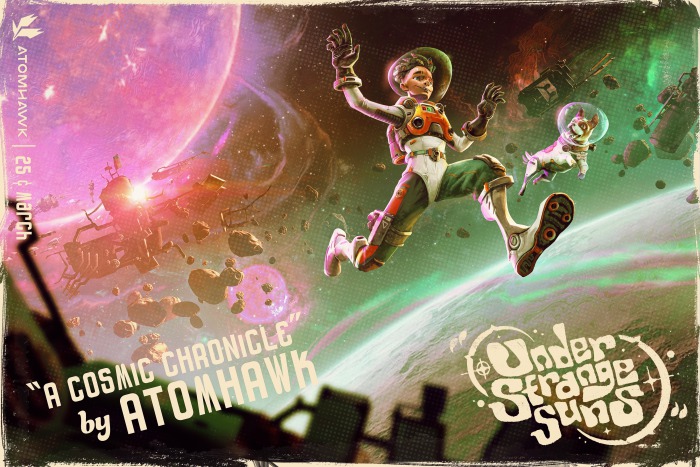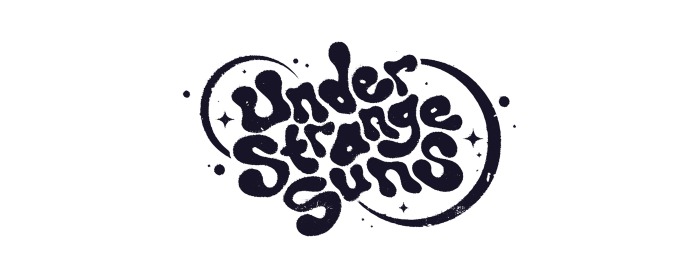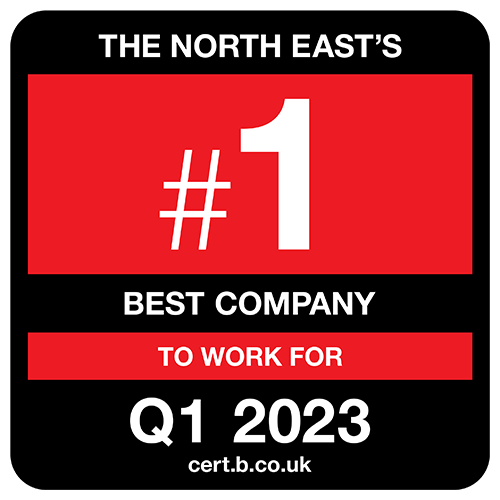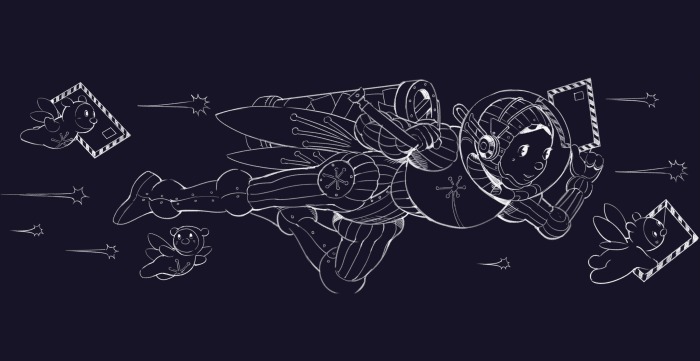Atomhawk’s annual art competition is the biggest event in our calendar. Every summer, artists from across the world share their skills and imagination with us through their ideas and jaw-dropping concepts.
Bringing the competition to life is a huge task; over 30 people at Atomhawk helped to make this year’s competition a reality, and each brought their own specialist skills, creativity and focus to the project.
The logo is an important part of the art competition. This year’s theme is Under Strange Suns. A logo helps set the scene both visually and narratively, providing an inspirational touchpoint, which is really important for entrants so we work hard to get it right. This year, our Graphic Designers Dan Gilmore and Lewis Wagstaff teamed up to create the Under Strange Suns logo. Here, they explain how they did it.




















